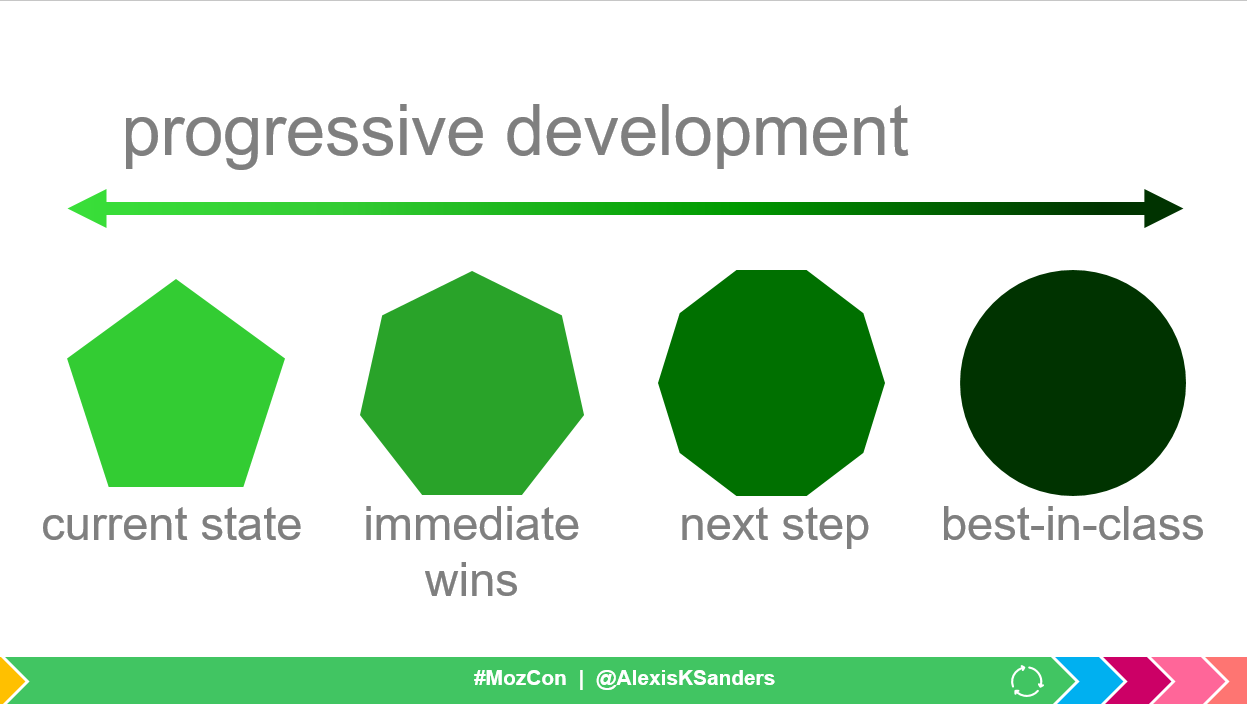

- SWING USE FLOWLAYOUT BY DEFAULT HOW TO
- SWING USE FLOWLAYOUT BY DEFAULT CODE
- SWING USE FLOWLAYOUT BY DEFAULT SERIES
However we can set the alignment to left or right, we will learn about it later in this post.

As you can see in the above image that buttons 7 & 8 are in center. Try these questions and exercises to test what you have learned in this lesson. All rows in Flow layout are center aligned by default.
SWING USE FLOWLAYOUT BY DEFAULT HOW TO
Tells you how to fix these and other common layout problems.

Some of the most common layout problems involve components that are displayed too small or not at all. Generally, this solution is used to specify absolute sizes and positions for components. Which layout manager uses a grid so that each component will always be. If necessary, you can position components without using a layout manager. GridLayout GridBagLayout BoxLayout FlowLayout, What is the default layout manager. Doing Without a Layout Manager (Absolute Positioning) Optionally, layout managers can implement LayoutManager2, which is a subinterface of LayoutManager. FlowLayout as Layout Manager: To arrange the components in a container in a fluid manner, one uses an object of the class FlowLayout as a layout manager. The following figure represents a snapshot of an application that uses the flow layout: Click the Launch button to run FlowLayoutDemo using Java Web Start ( download JDK 7 or later ). Layout managers must implement the LayoutManager interface, which specifies the five methods every layout manager must define. The FlowLayout class provides a very simple layout manager that is used, by default, by the JPanel objects. Instead of using one of the Java platform's layout managers,
SWING USE FLOWLAYOUT BY DEFAULT SERIES
This series of sections tells you how to useĮach of the general-purpose layout managers This section goes through a typical layout sequenceĪnd then describes what happens when a component's size changes. TextInputDemo: How to Use Formatted Text Fields: Uses a panel with a right-aligned FlowLayout presenting two buttons. The FlowLayout class provides a very simple layout manager that is used, by default, by JPanel s. ButtonDemo: How to Use Buttons, Check Boxes, and Radio Buttons: Uses the default FlowLayout of a JPanel. It also has some tips for choosing the right layout manager. Centers a component nicely in the top part of a BorderLayout, and puts the component in a JPanel that uses a FlowLayout. It includes how to set the layout manager,Īnd set the orientation of the container's layout This section shows examples of the standard layout managersĪnd points to the how-to section for each one. If you are interested in using JavaFX to create your GUI, see
SWING USE FLOWLAYOUT BY DEFAULT CODE
Otherwise, if you want to code by hand and do not want to use GroupLayout, then GridBagLayout is recommended as the next most flexible and powerful layout manager. If you are not interested in learning all the details of layout management, you might prefer to use the GroupLayout layout manager combined with a builder tool to lay out your GUI. Note: This lesson covers writing layout code by hand, which can be challenging.


 0 kommentar(er)
0 kommentar(er)
